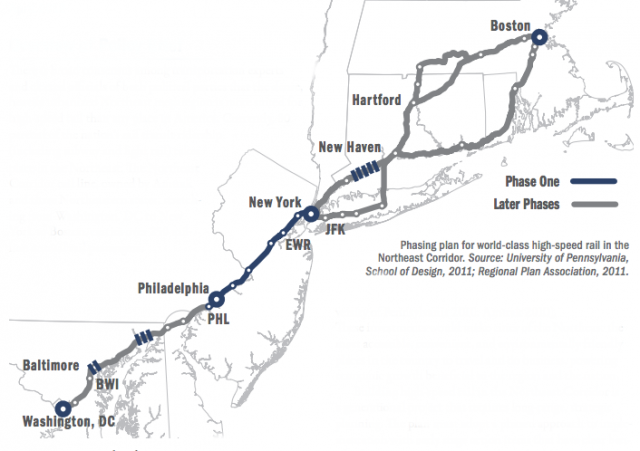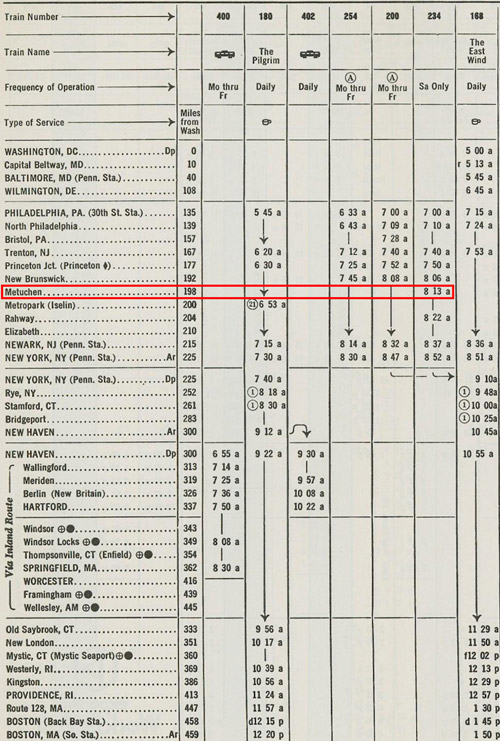

The Acela takes 75 minutes to get from Philadelphia to New York, so this time savings amounts to approximately two percent shorter travel times between those two cities. To put it another way, a stretch of track that used to take 10 minutes and 30 seconds to travel will now take about nine minutes.

Back when the project was announced 11 years ago, then-transportation blogger and current fellow for NYU Marron Institute Alon Levy wrote that going from 135 mph to 160 mph would save about 100 seconds, not including acceleration and deceleration time. This modest saving accords with basic back-of-the-envelope calculations. The point of faster trains is to save people time, so how much time will this $450 million save Amtrak riders? Abrams said it is “too soon to say” how much time the project will save passengers, but “we can probably save a minute or two and reduce some amount of delay” on the trains passing through that stretch of track. “The $450 million upgraded this segment of track and provides benefits to Amtrak, NJ Transit, including faster speeds, improved reliability, and state-of-good-repair,” Amtrak spokesperson Jason Abrams told Motherboard.

A basic rail upgrade that was supposed to take six years is seven years late, wildly expensive for what it is, and provides negligible time savings for riders that are entirely negated by other flashy but anti-functional projects by the very same agency. Rather than helping us break America free of stagnation, projects like these are precisely the reason why this country’s infrastructure has stagnated and deteriorated. While 160 mph trains do indeed sound exciting, a little math reveals how this project is not the infrastructure triumph the Obama administration hoped it would be. The other eight miles are expected to be ready in 2024, a mere seven years late on a project expected to take six.

When Amtrak gets a new Acela fleet next year, it expects to run 160 mph service on those 16 miles. Just last week, Amtrak announced that 16 of the 24 miles are now ready for 150 mph Acela train travel, the “fast” train along the Northeast Corridor from Washington, D.C. The New Jersey project, dubbed the New Jersey High Speed Rail Improvement Program, planned to upgrade and improve 24 miles of track, wires, signals, and other infrastructure between Trenton and New Brunswick, accommodating speeds up to 160 mph, up from 135.


 0 kommentar(er)
0 kommentar(er)
